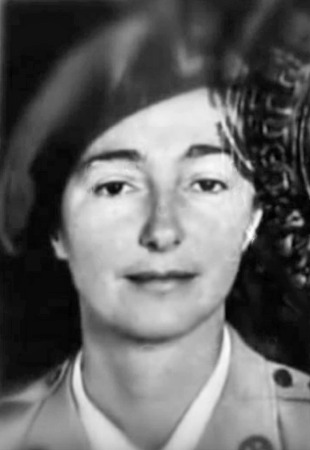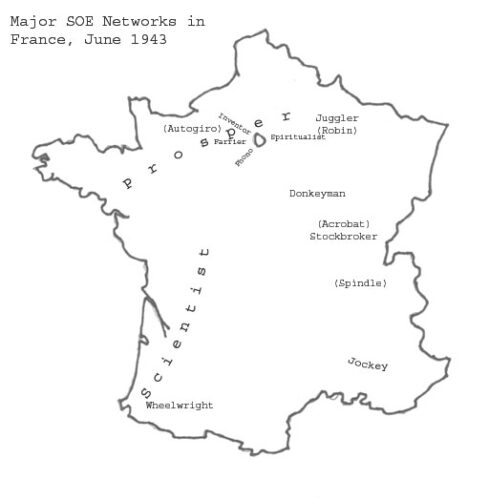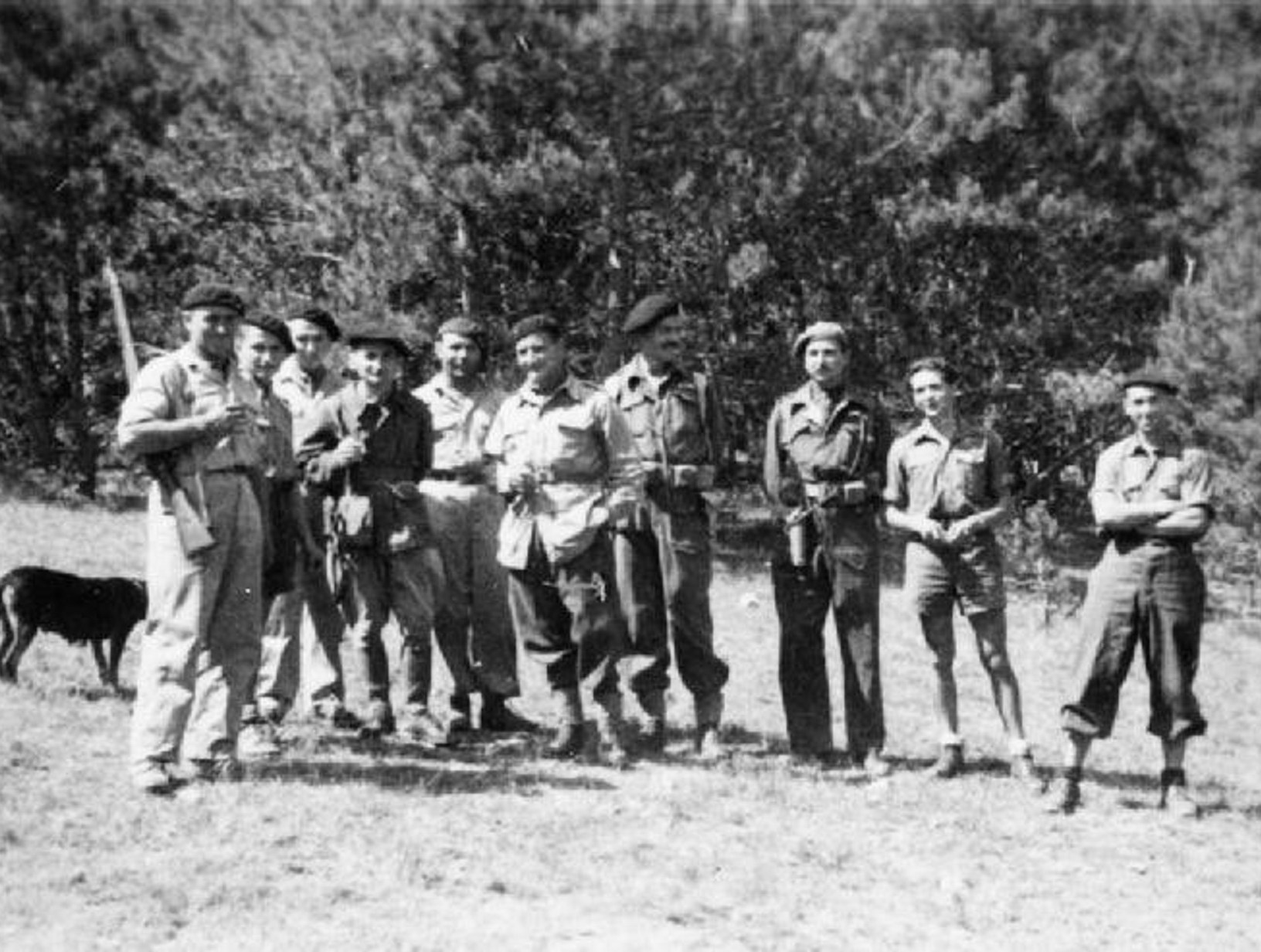Maquisards (Resistance fighters) in the vicinity of Savournon, Hautes-Alpes in August 1944. SOE agents are second from right, Krystyna Skarbek, third John Roper, fourth, Robert Purvis. Source: Imperial War Museum.
Maria Krystyna Janina Skarbek, OBE, GM, also known as Krystyna Skarbek or Christine Granville, was a notable agent of the British Special Operations Executive (SOE) during World War II. Skarbek was born on May 1, 1908, in Warsaw, Poland. She was the second child of Count Jerzy Skarbek, a Roman Catholic, and Stefania (née Goldfeder), the daughter of a wealthy Jewish family.
World War II
At the outbreak of World War II, Skarbek demanded to be taken on by the British Secret Intelligence Service (SIS), commonly known as MI6. Despite not being an obvious prospect due to her Polish nationality and gender, her skills and knowledge made her impossible to turn down. She spoke Polish, French, and English, and had excellent contacts in Warsaw and around the country.
What made her exceptional, however, was that as a rather bored countess before the war, she used to enjoy smuggling cigarettes into Poland over the high Tatra mountains, so she also knew the secret routes into and out of the country.

SOE Agent
Skarbek became a British agent months before the SOE was founded in July 1940. She was the first female agent of the British to serve in the field and the longest serving of all Britain’s wartime women agents. Her resourcefulness and success have been credited with influencing the organization’s decision to recruit more women as agents in Nazi-occupied countries.
Skarbek underwent extensive training during her time with the SOE. Her studies included Morse code, wireless communication, parachuting, and the use of weapons and explosives. She particularly excelled in the art of silent killing.
Skarbek presented a plan to go to Hungary, which was then still neutral, and to ski from there into occupied Poland. She would then undertake intelligence missions and assist Polish resistance fighters in escaping from the country. The SOE approved the plan, which later succeeded.
Skarbek undertook four perilous missions, mainly skiing from then-neutral Hungary into Nazi-occupied Poland. She brought information, propaganda, and money to the fledgling Polish Resistance, undertook fact-finding missions, and smuggled back out information, radio codes, coding books, and sometimes microfilm — which she hid inside her gloves. Among the information that Skarbek smuggled across borders was the first film evidence of Nazi-German preparations for Operation Barbarossa, the planned invasion of their erstwhile ally, the Soviet Union.
Skarbek was arrested by the Gestapo in January 1941. During her interrogation, she bit her tongue repeatedly until it bled, making it appear as though she was coughing up blood, a symptom of tuberculosis. The Nazis, fearing the disease, released her and the man they presumed she had infected. This quick thinking and presence of mind not only saved her life but also the lives of her colleagues.
In 1941, she also began using the alias Christine Granville, a name she legally adopted upon naturalization as a British subject in December 1946.

Skarbek parachuted into France on the night of 6/7 July 1944. She was part of the Jockey network headed by Francis Cammaerts. Her role was to help with the French resistance activities before the Americans were able to launch a ground invasion. She was the second-in-command to Francis Cammaerts who had been in charge of all clandestine affairs in the region.
She spent time in Vassieux-en-Vercors, France, which faced heavy German bombing. The life expectancy of agents in France during this time was very short due to the high risks involved. Her work in France is part of what made her one of the most celebrated agents of the SOE.
One of Skarbek’s most famous exploits was securing the release of SOE agents Francis Cammaerts and Xan Fielding from a German prison hours before they were to be executed. She did so by meeting (at great personal risk) with the Gestapo commander in Digne-les-Bains, France, telling him she was a British agent, and persuading him with threats, lies, and a two-million-franc bribe to release the SOE agents.
Honours & Legacy
Her extraordinary contribution to the Allied effort in three theaters of the war led to her being presented with the Order of the British Empire (OBE) and the George Medal (GM) in Britain, and the Croix de Guerre with one star from France.
She was stabbed to death in 1952 in London by an obsessed and spurned suitor who was subsequently hanged. Despite her tragic end, her daring exploits in intelligence and irregular-warfare missions in Nazi-occupied Poland and France have made her a celebrated figure in history.
*The views and opinions expressed on this website are solely those of the original authors and contributors. These views and opinions do not necessarily represent those of Spotter Up Magazine, the administrative staff, and/or any/all contributors to this site.
